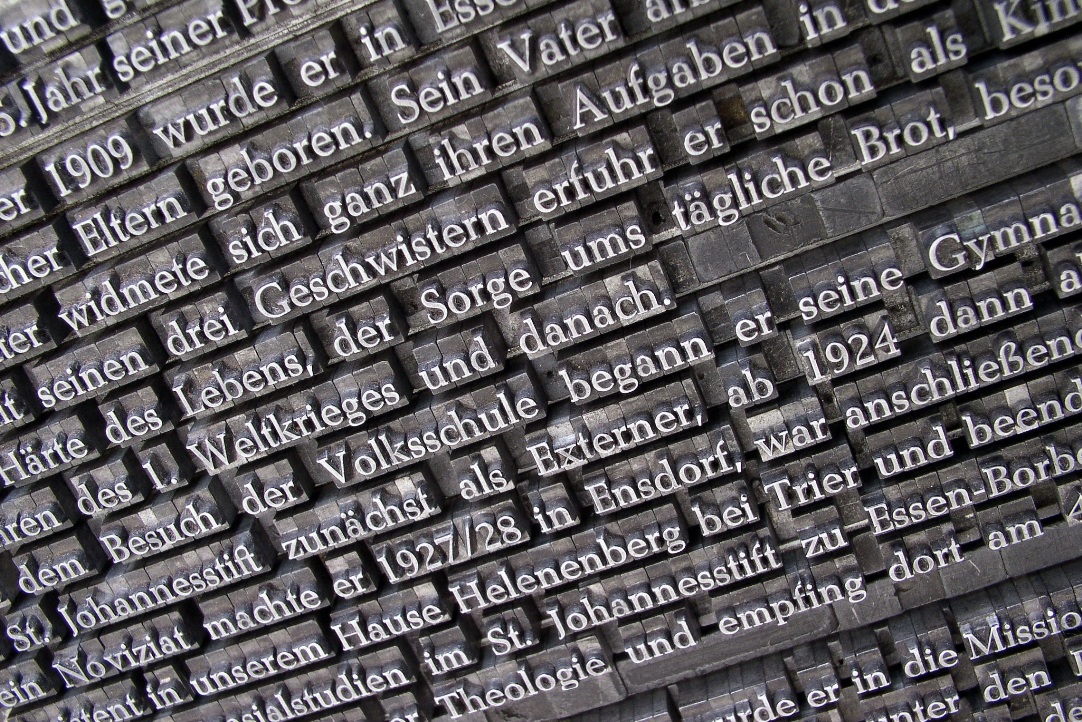Post 1945 American Anxiety in Truman Capote's In Cold Blood
Abstract:
America, while emerging as a superpower in the post1945 world, tried its
best to acknowledge the dream which was the basis of its Puritanic origin.
This white American dream is very subtly challenged by Truman Capote in
his ‘true crime novel’ In Cold Blood:A True Account of a Multiple Murder
and its Consequences. Beneath the conventional storyline, Capote
brilliantly interweaves the multiple layers of complexities, ultimately
pointing towards a not-so-stable post Second World War America, which
experienced deep anxiety, suspicion and violence under a flimsy layer of
stability and prosperity. The author punctures the image of the pristine
American man, debates on good and bad, complicates right and wrong,
blurs the gross division of protagonist and antagonist, and diffuses the
watertight partition between Christ and Satan, by portraying murderers as
metaphors of the counterculture movement which questions the truth value
behind the civilised, white, beautiful, docile America and counter questions
every moral ethical value that the country boasts of. Through his narrative
technique, Capote presents the liminal space that America had been living
in. The ‘new journalistic novel’ also questions the American juridical spirit
and thus exposes anxieties related to law and justice. America in the 1950s
was fighting the cold war outside and the counter-culture inside, and
Capote, by exploring a real incident, presents it from various angles to give
the readers a concrete alternative vision. This article thus intends to
critically analyse the ‘non-fiction novel’ as a significant postwar narrative
that brilliantly sketches the spirit, anxieties and chaos characterising
postwar America by looking at the possibilities of anti-establishment while talking about crime itself.
Readers can download the Abstract and the Article clicking following buttons:


